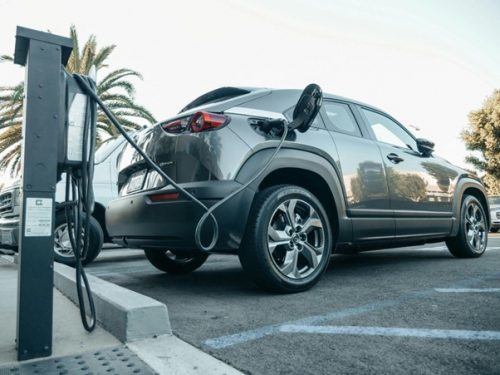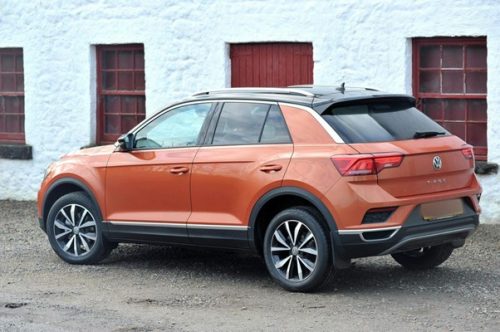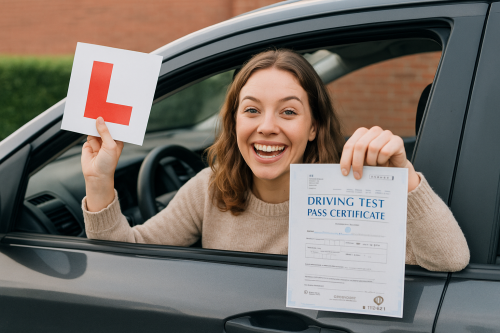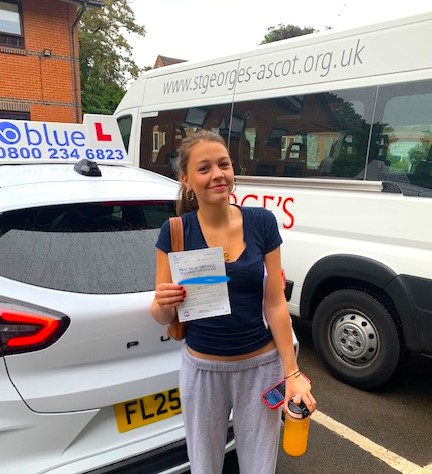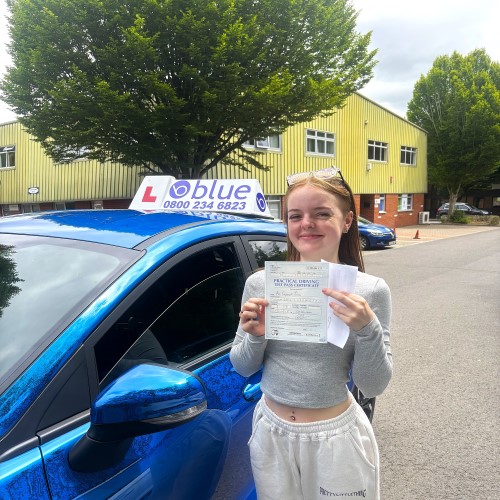Winter driving tips
Posted in: Driving Courses, Driving Tips, News.
Winter driving tips
Another Arctic winter is predicted, so now is a good time to start thinking about winter driving and how to stay safe in the ice and snow.
1. Battery Basics
Car batteries are not particularly compatible with the freezing temperatures and damp conditions of the UK winter. In-car heating systems and windscreen wipers plus the inevitable stop-start pattern of driving in treacherous conditions all contribute to battery drain. Try and ensure your vehicle gets a run out at least once a week to keep the battery charged to the recommended level.
2. Clean = Safe
Our cars take a battering during the winter months, with snow and ice deposits plus the muddy aftermath of extreme weather. Keep on top of it ? check your screen wash levels are up to the job. Always keep de-icer and a scraper in the car to remove ice from the windows. Never be tempted to use boiling water to speed the process up – the result will be a cracked and dangerous windscreen. It is not safe to set off on your journey until all the ice has gone. Driving with limited visibility is very dangerous, so be patient.
3. Visibility
Remember that you need to ensure your car is clearly visible to other drivers. This means checking the lights are clean before you set off, and making sure your number plate is visible.
4. Tyre Check
Snow and ice means good tyre grip is essential so get your tyres checked over by a professional before the bad weather kicks in. Don`t forget about the spare, as you are statistically more likely to have need of it during the winter months. Regularly check your tyre pressure and if you live in a rural area, consider fitting specialist winter tyres or tyre chains.
5. Take care
When the weather is really hazardous, you should only drive if your journey is absolutely essential, especially if you are inexperienced behind the wheel. If you must set out, make sure you are fully acquainted with your planned route. Always let someone at your destination know when you leave, so they can raise the alarm should you fail to show up.
6. Slow in Snow
Driving in snowy and icy conditions is not for the faint hearted. Don`t venture into isolated or rural areas; main roads will be clearer and safer. You should drive much more cautiously than usual, accelerating and braking slowly and smoothly. If you do go into a skid, don`t panic and steer gently in the direction of the skid.
7. Black Ice
Black ice is absolutely treacherous and often you won`t know it`s there until you have hit it. Your stopping distances should be far greater than when driving in normal conditions so you have a greater margin of error should you encounter black ice.
8. Park with Care
Parking in icy conditions often involves a lot of slipping and sliding. Don`t waste time trying to manoeuvre into small spaces, in these conditions its best to park with a lot of space around the car. Try to avoid parking on a steep slope in icy conditions, but if you must, park so that the front of your car is facing downward.
9. Stock Up
It`s a good idea to stock your car with a cold weather survival kit, just in case. Include warm waterproof clothing, plentiful supplies of anti-freeze plus a decent scraper, a charger for your phone and a torch. Keep some cash hidden in your car for emergencies and include a first aid kit. Every car should carry a set of jump leads, whatever the season.
10. Maintenance
It`s a good idea to schedule your annual service during autumn so that your car is professionally overhauled before the bad weather starts. Making sure that your car is running smoothly and efficiently as per the advice at www.torquecars.com is the best way to stay safe on the road during the winter month
Tags: adverse weather driving, all weather driving, bad weather driving, driving in ice, driving in snow, pass plus all weather driving, traffic and weather







